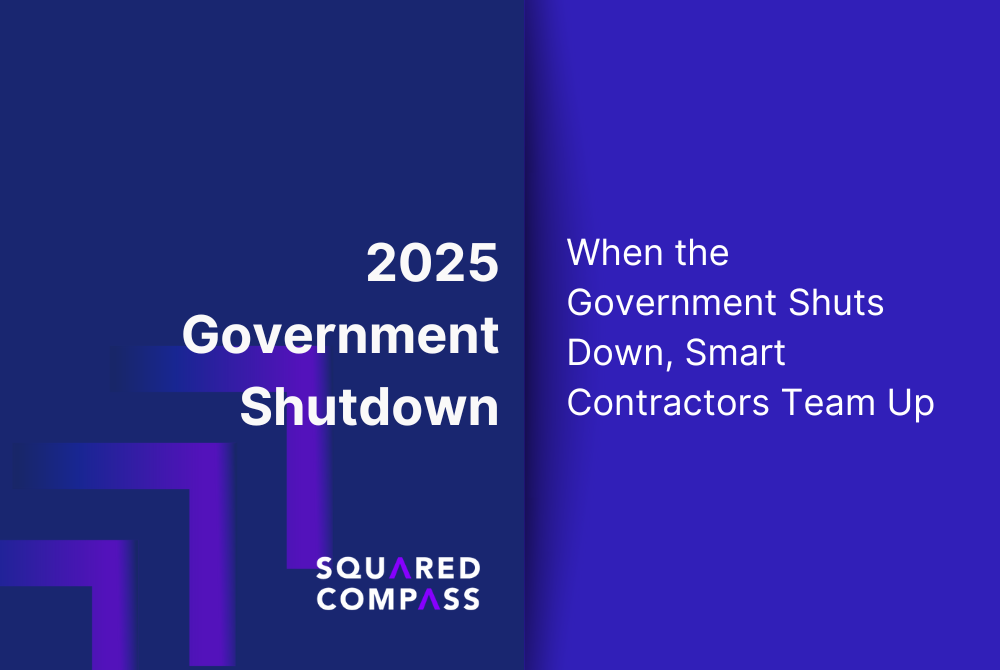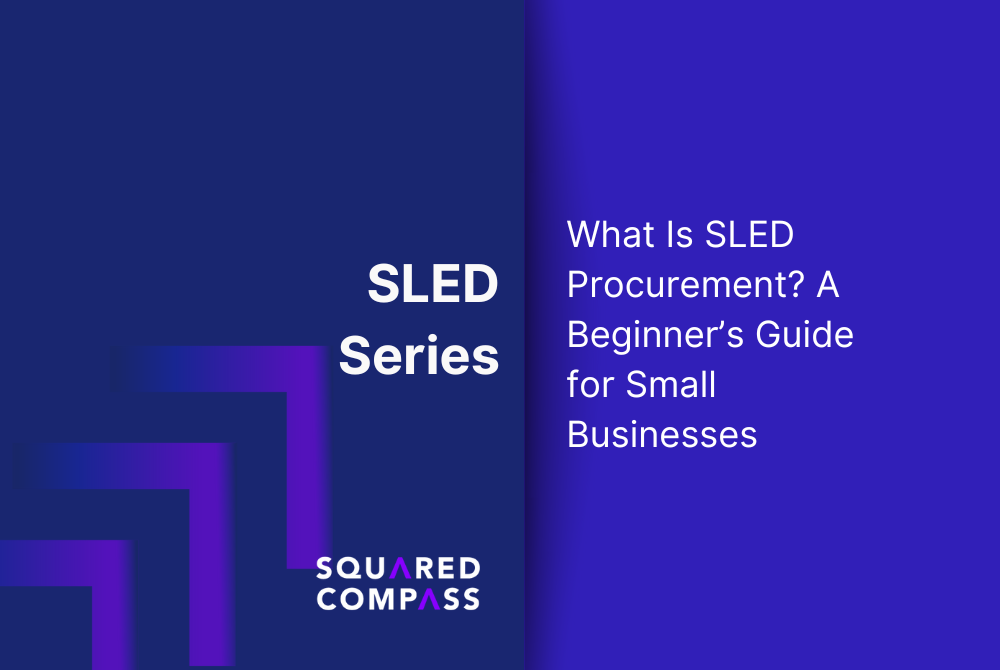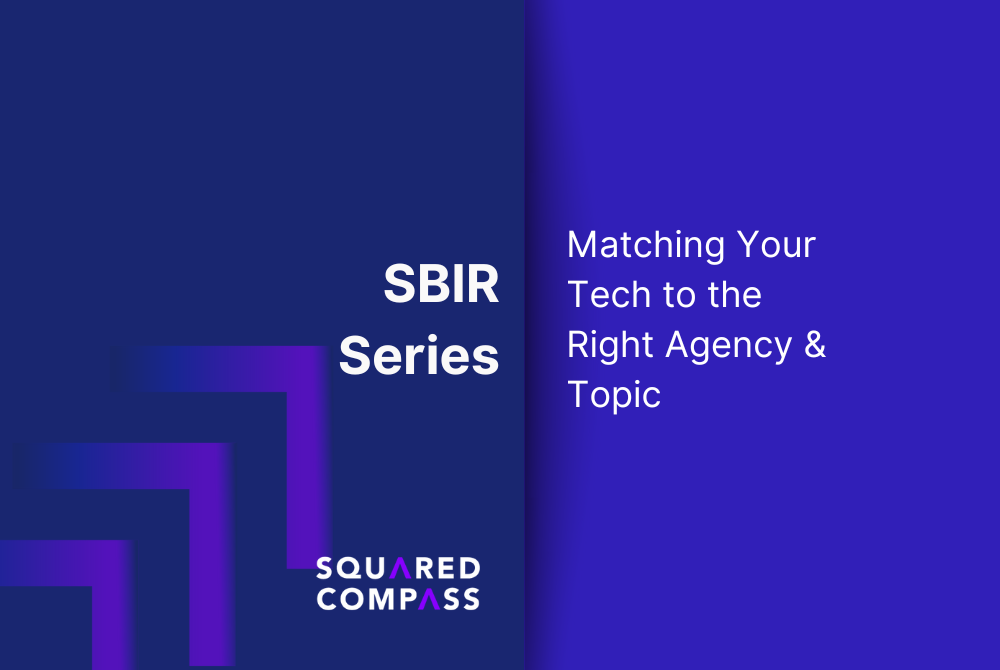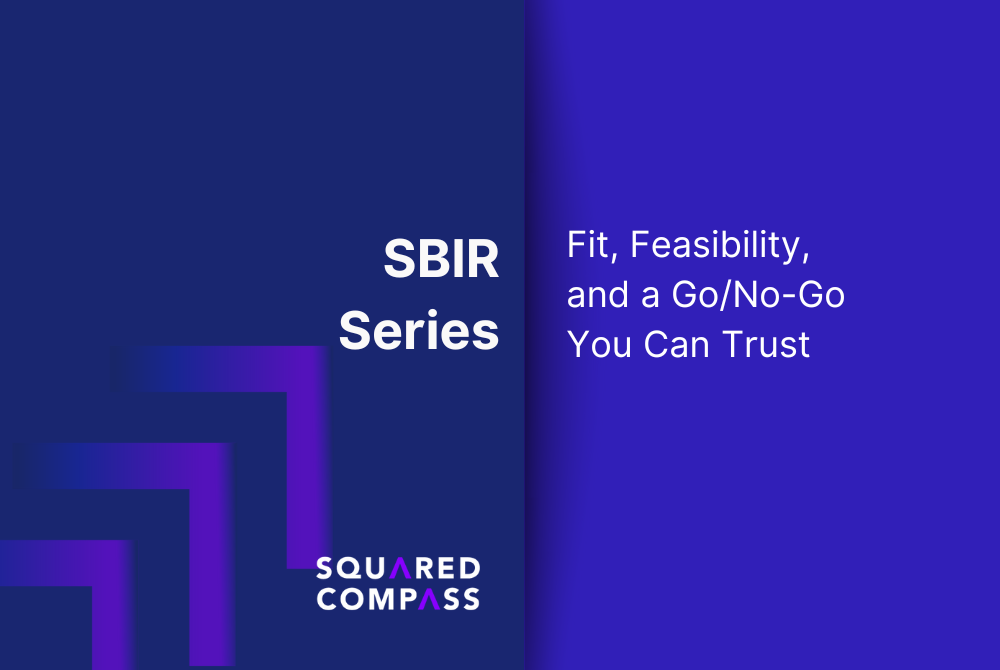
Turning Chaos into Contracts: How SMBs Can Thrive Amid GovCon Uncertainty
When federal budgets stall or shutdowns loom, most government contractors brace for impact. But small and mid-sized businesses (SMBs) that know how to move fast, pivot smart, and communicate clearly? They find opportunity in the turbulence.

How to Build a Resilient GovCon Pipeline When the Budget's a Moving Target
If you’re a small or mid-sized federal contractor, here’s a hard truth: the money doesn’t always show up when it’s supposed to. Shutdown threats, continuing resolutions, late appropriations, federal funding is becoming a rollercoaster. And if you’re not prepared, your pipeline (and payroll) could take a direct hit.

Shutdown-Proof Your GovCon Business: Financial Contingency Planning That Actually Works
With the October 2025 shutdown in full swing, small and mid-sized government contractors are once again staring down paused payments, frozen task orders, and radio silence from furloughed contracting officers. If this feels like déjà vu from 2013 or 2019, it should. And yet, many small businesses are still caught flat-footed when the funding stops.

What the New $15,000 Micro-Purchase Threshold Means for EdTech and School Supply Vendors
In a move that’s already shaking up school procurement, the federal government officially raised the micro-purchase threshold to $15,000 as of October 1, 2025. If you're in the EdTech, curriculum, or classroom supply business, this seemingly simple change is your wake-up call, and a major opportunity. Here's what you need to know, why it matters, and how to get in position before your competitors do.

FY2026 U.S. Federal Discretionary Budget: Agency-by-Agency, Program-by-Program Guide for Government Contractors & Capture Teams
Every fall, the federal budget cycle turns into one of the most important roadmaps for companies that do business with government. The FY2026 discretionary budget requests are more than just numbers on a page, they’re signals of federal priorities, funding shifts, and opportunities that can shape your capture strategy for the year ahead.

When the Government Shuts Down, Smart Contractors Team Up
Let’s be real: a government shutdown can send small federal contractors into a tailspin. Invoices stall. Stop-work orders hit your inbox. Agency staff go silent. And suddenly, that solid pipeline you built starts to feel like a house of cards.
But not all small businesses are bracing for impact, some are partnering up and playing offense. Teaming and subcontracting, when done right, can help you stay afloat during the uncertainty and surge ahead when the lights come back on.

SLED Series: Scaling Up: From Your First SLED Win to a Repeatable Growth Strategy
Landing your first SLED (state, local, and education) contract is a huge milestone. But let’s be honest, it’s just the beginning. The real challenge (and opportunity) is turning that first win into a flywheel for future growth. Most small businesses don’t struggle with getting a SLED contract. They struggle with knowing what to do after they get one.

What Happens After a Shutdown Ends? Here’s How Small Contractors Can Win the Rebound
If you think the end of a government shutdown means business as usual, think again. For small government contractors, what comes next can be a frenzy of backlogged awards, accelerated timelines, and unpredictable agency behavior. But there’s good news: those who prepare during the downtime are the ones who win the contracts once the funding floodgates reopen.

SLED Contracting Isn’t Just Bidding, It’s Navigating Red Tape and Building Trust
If you’re a small business owner used to the federal space, competing for SLED (state, local, and education) contracts can feel like entering a parallel universe. The money’s there, the opportunities are real, but the rules? They vary wildly. Welcome to the land of state-specific compliance checklists, local bonding requirements, diversity documentation that rivals a federal proposal, and a whole lot of unspoken rules about who knows you and who trusts you.

2025 Government Shutdown Showdown: What Small GovCon Businesses Need to Know (and Do) Right Now
As of October 1, 2025, the U.S. federal government is officially shut down. For small businesses with active federal contracts, or those hustling to get into the government procurement game, this isn’t just a bureaucratic hiccup. It’s a direct hit to your pipeline, payments, and plans.
Whether you’re holding an active 8a contract, waiting on your SBA 8a certification, or ramping up proposal writing efforts for a fresh SAM.gov opportunity, here’s what’s happening, why it matters, and how to protect your business in the meantime.

Certifications & Set-Asides in the SLED Market: What You Need to Know Before You Bid
If you’ve already dipped a toe into the federal contracting world, you’re probably familiar with SBA 8a certification, women owned small business certification, and other set-aside programs that flow through federal procurement. But when you shift gears and look at the SLED market, state, local, and education agencies, you’re playing by a different set of rules.

2025 U.S. Government Shutdown: Agency-by-Agency Contingency Plan Breakdown
Discover how the 2025 U.S. government shutdown will impact federal agencies. Get a full agency-by-agency breakdown of contingency plans, including furloughs, essential services, and which programs will continue.

SLED Series: Finding the Right SLED Opportunities: Portals, Forecasts & Partners
If you're a small business trying to break into government contracting, you’ve likely heard the term SLED—that’s state, local, and education procurement. Compared to the federal space, SLED is a patchwork of thousands of independent agencies, each with their own rules, platforms, and processes. Which means finding the right opportunities can feel like hunting for needles in a haystack… across 50 different fields.

Government Shutdown Survival Guide for Business Owners: How to Protect Your Contracts and Cash Flow (Repost from March 13th, 2025)
Government shutdowns aren’t just political drama—they have real consequences for businesses, especially those with federal contracts.

SLED Series: What Is SLED Procurement? A Beginner’s Guide for Small Businesses
If you’ve been laser-focused on chasing federal contracts but haven’t looked into SLED procurement, you’re leaving serious money on the table. SLED stands for State, Local, and Education, a massive and often-overlooked public sector market that’s rich with opportunity for small and midsize businesses.

SBIR Series: Budgeting, Compliance & Post-Award Basics
This is the final installment in our five-part SBIR series designed to help small businesses write better proposals and actually transition to Phase II/III. We’ve already talked about a Fit Brief (why you and why now), aligned it with the right agency and topic, scoped a defensible Phase I Mini-Plan, and crafted a go-to-market strategy in the form of a Commercialization & Transition One-Pager. Now it’s time to bring it home, by building a clean, compliant submission packet and setting yourself up to survive what comes after the award.

SBIR Series: Commercialization That Converts: Real Paths to Phase II/III
Too many Phase I SBIR proposals end with the same vague promise: “We’ll figure out commercialization later.” But kicking the can down the road doesn’t cut it anymore, not with more agencies pushing for measurable transition plans and defendable Phase III pathways. If you’re serious about moving from prototype to purchase order, you need a commercialization approach that converts.

SBIR Series: The Phase I Work Plan (Without the PhD-Speak)
If you're tackling your first SBIR or STTR proposal, welcome to the part that makes reviewers either nod in confidence or toss your file into the “nah” pile. It’s not about showing off credentials or flooding them with jargon. Your Phase I Work Plan is where you convince reviewers that (1) you’re solving a real problem, (2) you know exactly how to test your idea, and (3) you’re not guessing, you’re planning. Let’s walk through how to write a feasibility plan that earns trust, not shrugs.

SBIR Series: Matching Your Tech to the Right Agency & Topic
So you’ve nailed down your problem, its technical readiness level (TRL), and your end user. Great start. But now comes the part where most small businesses stall out or burn out, trying to find a match in the messy jungle of SBIR topics. Instead of “spray and pray,” it’s time to make your agency targeting deliberate and data-driven.

SBIR Series: Fit, Feasibility, and a Go/No-Go You Can Trust
The Small Business Innovation Research (SBIR) program dangles a juicy carrot: non-dilutive federal funding to turn your tech idea into a reality. No equity. No payback. Just funding to validate, build, and scale. Sounds like a no-brainer, right?
Not so fast.
